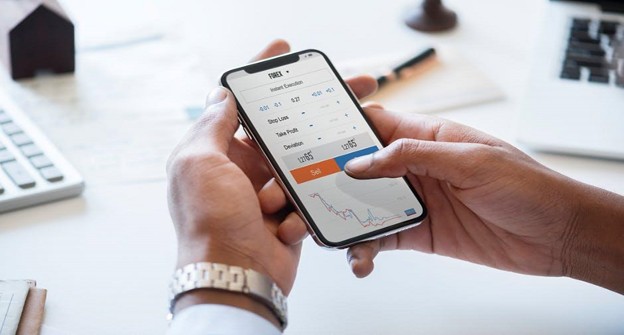App monitoring and logging are becoming increasingly important in this digital age. Consumer expectations are growing and so are cyber threats. Both of these things mean there’s a demand for more awareness about the real-time status of web and mobile applications. Without monitoring and logging, not only is it hard to determine when a problem is happening, but it’s also more difficult to solve that problem quickly.
Monitoring and logging are split into two main things: network monitoring and just about everything else. Network monitoring has to do with the environment of the network and how it communications with the application. You could write an entirely separate book on network monitoring alone, it’s such a comprehensive subject.
For the purpose of this article, we’ll be solely focusing on the process of monitoring application performance and logging its status. Let’s get back to the basics to break down the importance of each.
Application Performance Monitoring
If you’re in the tech world, you’ll likely hear the term APM thrown around quite a bit. APM stands for Application Performance Monitoring. It’s often confused with Application Performance Management. Monitoring is the practice of keeping an application running smoothly while management includes all of the tools for managing these applications.
Put broadly, APM is anything that has to do with monitoring the performance of an application or website. This can be through a tool or manually, but it’s certainly easier when done with an AMP solution or software.
There are a lot of tasks that fall under the APM umbrella. While not all will be relevant for every application, it’s good for developers to choose the tasks that fit their unique needs and risks. Here are a few of the most common examples of basic APM:
● Reviewing web server access logs
● Tracking application error rates
● Monitoring server CPUs
● Monitor traffic
● Tracking key metrics such as SQL
● Using Google Analytics
● Setting alerts for slowdowns
As you can see, a lot of things are considered under the APM umbrella. These should be in every developer’s arsenal, but they don’t have to do everything on their own. Performance monitoring software integrates with apps to do the bulk of this work for developers in real-time, complete with alerts and warnings.
 Application Logging
Application Logging
Now that you understand Application Performance Monitoring, let’s take a closer look at the basics of logging. Logging is considered under that all-encompassing APM umbrella, but it’s so important it deserves its own attention.
An application log, according to Techopedia, is a file of events logged by a software application. In this log, you’ll find things like informational events, warnings, and errors. When something goes wrong with your application, these logs are the breadcrumbs that take you to that error. They spell out the problem so you can quickly work out a solution.
Application logging is built into the code itself, but application monitoring tools usually include some kind of logging integration to streamline this process. These logs are essential for the performance of your app. It’s a critical part of any APM strategy and one that can’t be overlooked.

There are two main types of log files: infrastructure logs and application logs. The most common type is an infrastructure log which is used by DevOps and administrations to locate errors. Application logging includes logs created within an application, and they’re specific to the application lifecycle and framework. These are created by developers to include any type of environment or session data. For more info about this type of logging, read this guide to using journalctl – the ultimate guide to logging.
Why should you use logs with your APM strategy? Including logs with an APM tool gives both developer teams and operations teams the ability to see real-time performance of an app from the customer’s perspective. In-context logs also help diagnose and solve problems quickly without the need to source errors individually.
Ultimately, app monitoring and logging are a key part of the app development process. They both fit into every step of the application lifecycle, and they can’t be overlooked. Luckily, both are easier thanks to APM tools. Having a perfect uptime isn’t always possible, but you can get closer with a close monitoring and logging strategy.



